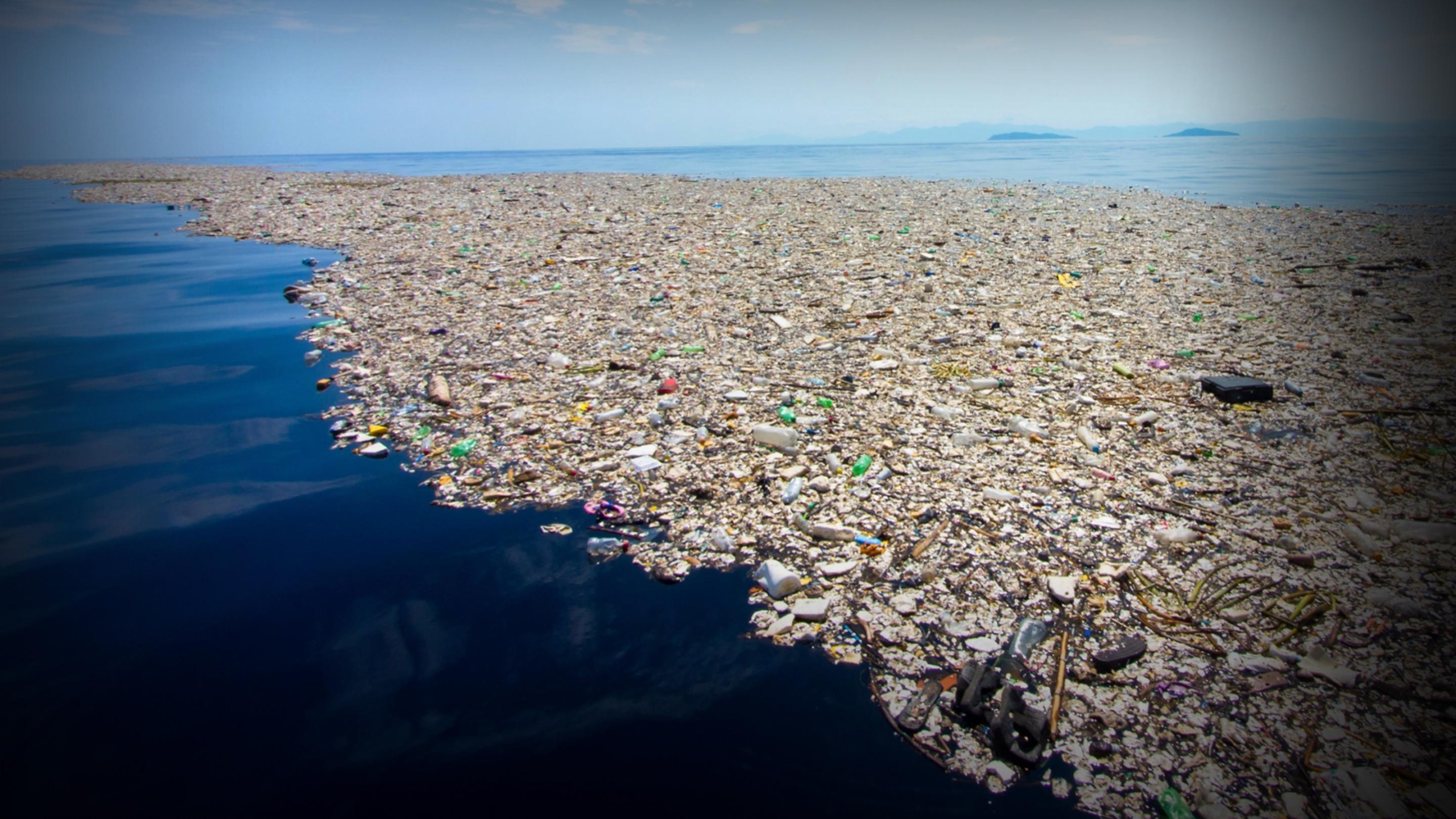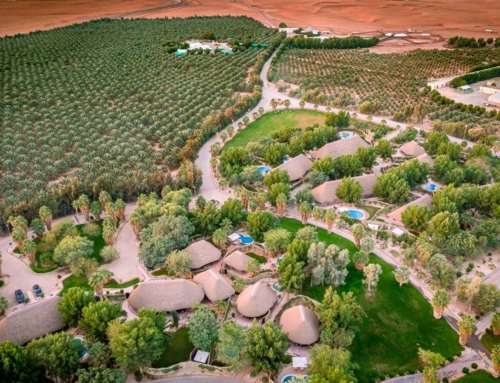
What happens to Plastic ?
What happens to Plastic after you throw it away … ?
Plastic waste is a growing environmental problem due to its persistence in the environment and the potential for harmful chemicals to leach from it. It can take centuries to break down, and even then, it breaks into smaller pieces called microplastics, which can enter the food chain and potentially harm wildlife and humans. Proper waste management and reducing plastic consumption are crucial to mitigating this issue.
The concept of “plastics in circles” or a circular economy for plastics aims to keep plastic waste out of landfills and oceans by reusing, recycling, and potentially composting plastic materials, thus minimizing the environmental impact of plastic consumption. This involves redesigning products to be more easily reusable, recyclable, or compostable, as well as developing new methods for processing and recycling plastic waste.
Key Principles of a Circular Economy for Plastics:
-
Eliminate problematic or unnecessary plastic
-
Re-use and r-edesign
-
100% re-usable, re-cyclable, or compostable
-
Full decoupling from finite resources
-
Safety and rights
Examples of “Plastics in Circles” initiatives:
-
The Smart Waste Collective project
-
PlastiCircle initiatives
Benefits:
– Reduced plastic pollution
– Reduced greenhouse gas emissions
– Economic benefits
– Social benefits



